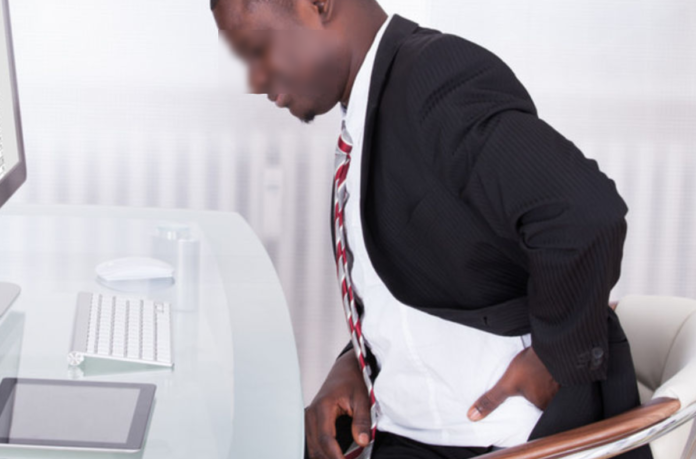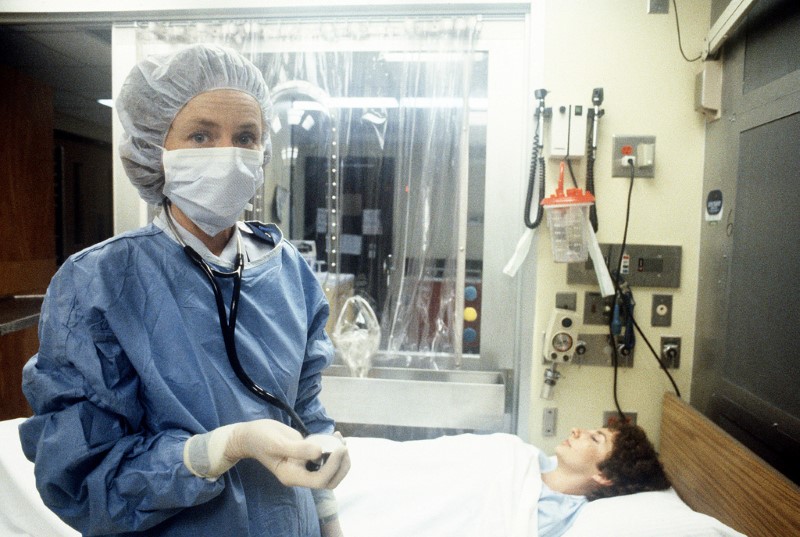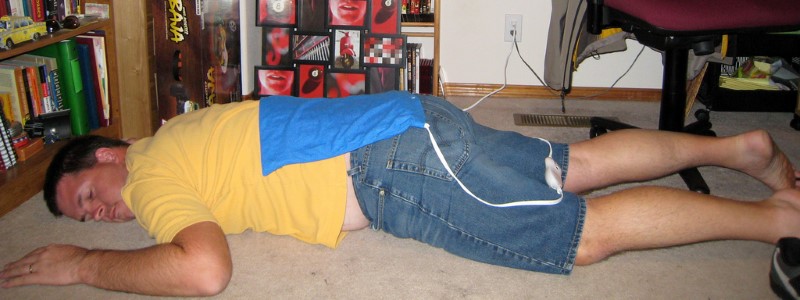
There’s mounting evidence that suggests we humans are supposed to move. A lot.
Unfortunately, as we turn more of our labor-intensive work over to machines, many of us end up spending way too much time sitting down on the job.
Years ago it was more typical for a person to exert themselves physically on the job, and while there still are a lot of jobs that involve physical activity, they seem to be on the decline.
It’s hard to even imagine how many people work in “service” sector jobs now, and spend almost all of their time sitting at a desk or other workstation.
Since it is now believed that sitting for too long is actually detrimental to our health, employers should be making sure workers take an adequate number of breaks during the day, and actually get up and walk around at least.
There’s also the possibility of using more flexible work areas that allow employees to actually stand for periods of time while working.
The following are some of the health problems that have been associated with spending too much time sitting:
1. HEART DISEASE

Image Source: rochelle hartman
This is a condition that has been plaguing modern man for decades. New discoveries are changing the thinking in regards to the behaviors that lead to heart disease, and now it appears that sitting too much may be a significant factor.
Research studies have found that people who too much time sitting or engaged in other sedentary activities are more than twice as likely to suffer from cardiovascular disease.
2. PANCREATIC ACTIVITY

Image Source: Raúl Santos de la Cámara
Since sitting down does not allow muscles to communicate effectively with the pancreas regarding their level of glucose use, the pancreas creates more glucose than the body needs, and may cause an overload in the bloodstream.
This can lead to diabetes and other serious health conditions.
3. CANCER

Image Source: Expert Infantry
For reasons that are not yet clear to scientists, it appears that sitting too much increases the risk for a number of cancers, including breast, colon and endometrial cancer.
One theory suggests that excess insulin production linked to inactivity spurs cell growth that can get out of control and result in cancer.
MORE:
4. FLABBY ABS

Image Source: Edward Russell
Sitting is one of the worst thing you can do if you are on quest to build a “six pack” set of abdominal muscles to show off at the beach.
The abdominal muscles play a vital role in helping us stand up, and when we sit, they go unused and become loose and can lead to a condition called hyperlordosis, which is also known as “swayback.” That certainly does not sounds like the most attractive posture in the world.
5. POOR CIRCULATION

Image Source: State Farm
Poor blood circulation is another hazard linked to sitting for long periods of time. When this happens, legs can begin to retain fluid, and potentially lead to conditions such as varicose veins, swollen ankles and even something known as deep-vein thrombosis or DVT, which can result in the formation of clots in the legs which may then travel to other areas of the body like the heart and lungs, causing a life-threatening medical emergency.
6. BONE SOFTENING

Image Source: jm3 on Flickr
Physical activity keeps our bones in a constant state of regeneration, which causes them to become stronger and thicker. Sitting for long periods, on the other hand, does the exact opposite, and can cause bones to become more soft and brittle.
This can eventually contribute to conditions such as osteoporosis, which has become much more common in recent decades.
7. BRAIN STRAIN

Image Source: David Goehring
Since moving about causes a beneficial increase in blood flow, long periods of inactivity can result in a diminished supply of oxygen-rich blood for the brain, which can then make it more difficult to focus on work or even to concentrate on other simple tasks.
8. NECK STRAIN

Image Source: Yana Lyandres
Few people have perfectly-designed chairs, desks or work areas which often leads them to assume unnatural positions, such as leaning forward to see a computer screen or tilting their head to support a telephone handset.
The result could be a strain of the cervical vertebrae, which can end up causing permanent damage.
9. BACK PROBLEMS

Image Source: Christopher
The discs that make up a key part of our spinal column are flexible, and are designed to flex and move as we move around. As we do so, the discs absorb vital nutrients from the bloodstream.
Sitting for extended periods can cause discs to be compressed unevenly. This can cause a build up of collagen that hardens around the ligaments and tendons that help support our spine which decreases flexibility.
